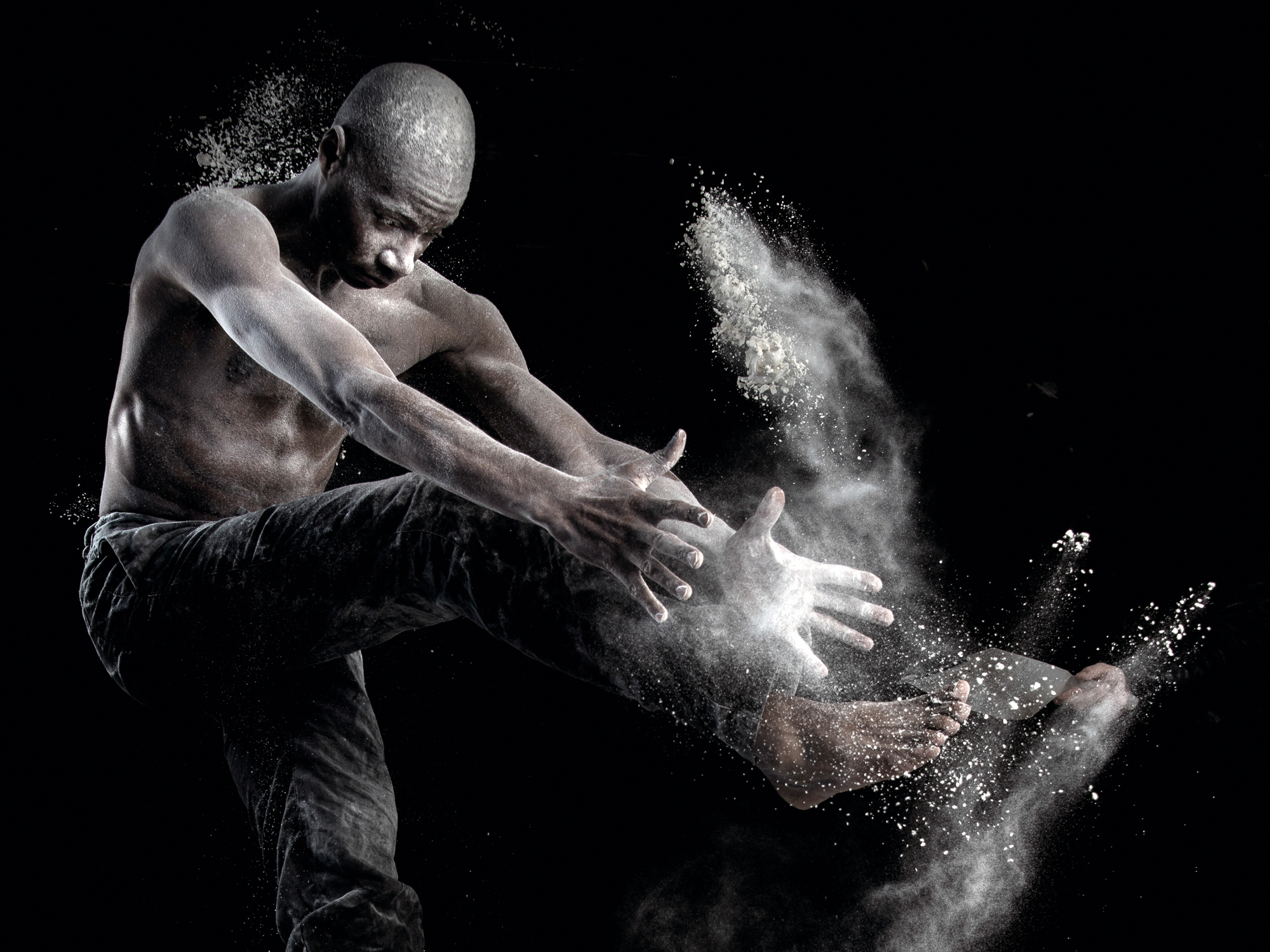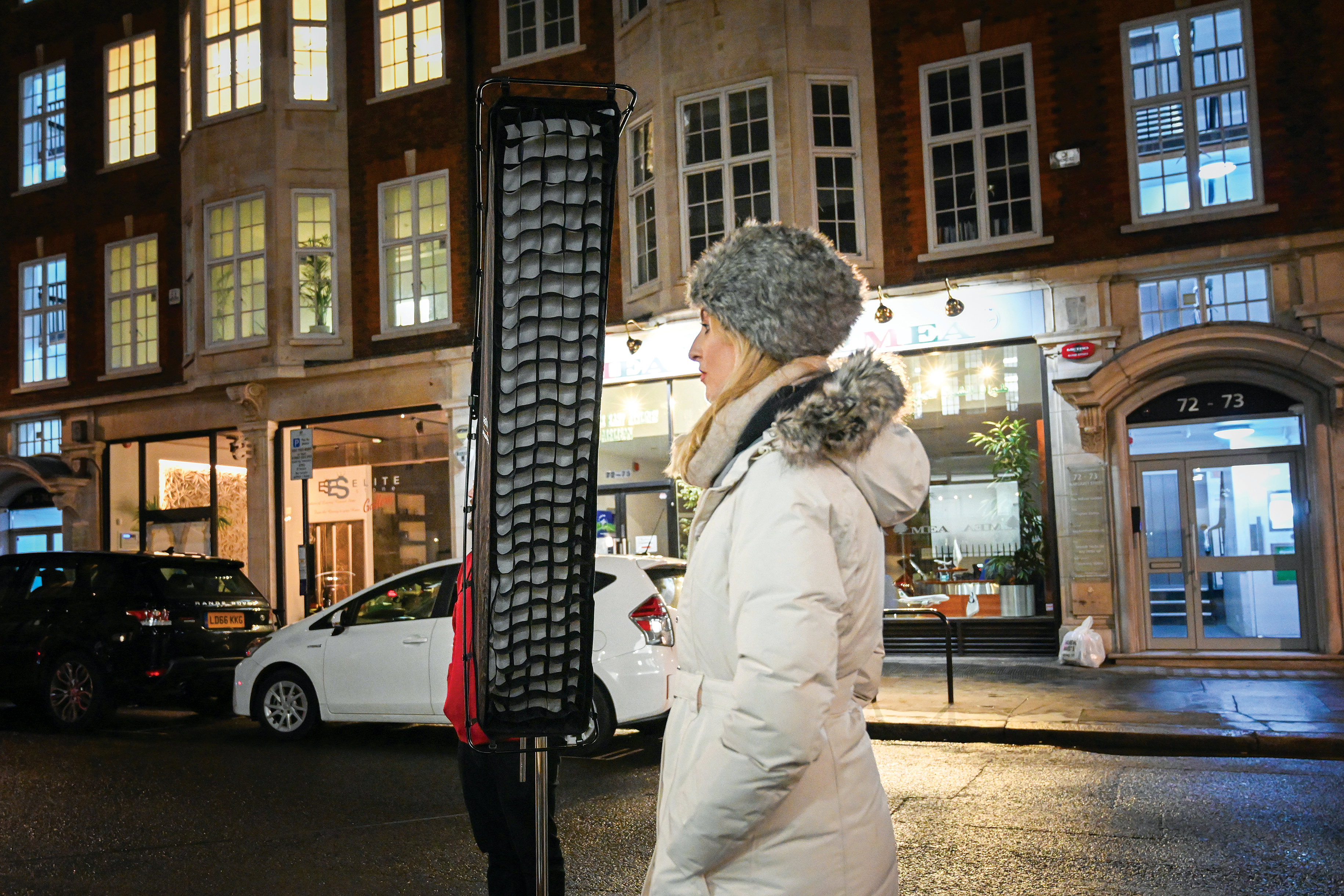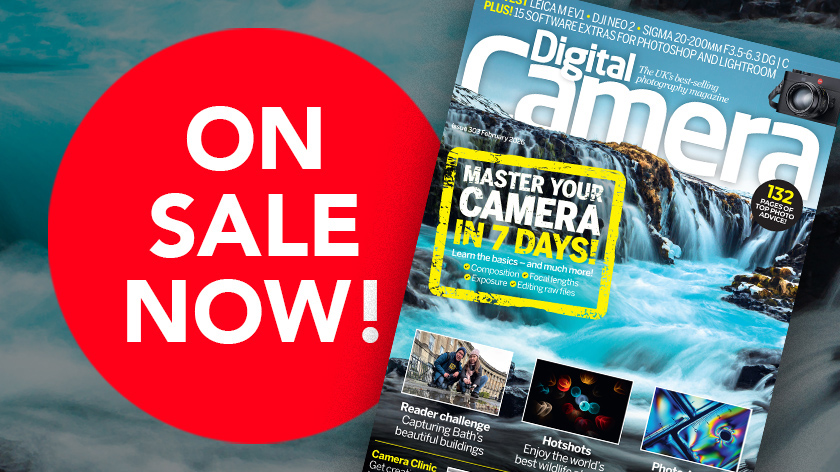What is flash, and is it still useful for photography?
Get the lowdown on flash-based lighting, and whether it’s still a viable option with today’s advanced camera technology

Most photographs are captured in a split second, so if you need to illuminate a dark scene, a quick burst of intense light is all that’s required – provided the burst goes off at the moment the camera’s shutter is open. This burst of light can come from the camera itself via a pop-up or built-in flash, or it can come from an external flash unit that’s powered by batteries or even plugged into the mains.
In all cases, the flash needs to be ‘synchronised’ to the camera, so that it fires at the right moment. Sync is achieved via the camera’s hotshoe, a cable or a wireless transmitter/receiver. Whichever method is used, once you have flash-sync established, all you need to worry about is the brightness and position of the flash.
Freezing motion with flash
But flash isn’t just for illumination. The advantage of a very rapid burst of light is that it can ‘freeze’ action, stopping a fast-moving subject in its tracks. It acts like a very fast shutter speed, so whether you want to capture the ephemeral sculpture produced by a water droplet, or freeze the motion of a model flicking back their hair, capturing things that happen too fast for the eye to detect is a great reason to use the brief duration of flash lighting.
Ambient lighting vs flash
But raw speed aside, is flash still the best choice as a lighting system? For well over a decade, digital cameras have been producing amazingly clean results at higher ISO settings. This means that cameras can be made extremely sensitive to light without succumbing to the effects of ‘noise’ and losing too much detail and colour in the resulting picture. And if you can still get clean images in dimmer conditions, then lower-powered light sources can be used just as effectively as flash.
You can use whatever ambient lighting is there, increasing ISO to compensate for the lack of brightness. Whether it’s the stage lighting at a gig, or the warm glow of candlelight in an intimate portrait, you can shoot the scene as you see it, and capture the mood that drew your eye in the first place.
LED light alternatives
If you want to control the lighting in a scene and either supplement the ambient lighting or create your own setup from scratch, then continuous lighting gives another option.
Originally used in film and TV, continuous lighting in the form of efficient LED lamps has found its way into stills photography. Although it doesn’t have the action-freezing power of flash, the advantage is its WYSIWYG appeal, as you can arrange your lighting according to the image in the viewfinder, and not have to ‘guess’ how it’ll look when the flash goes off.
The best camera deals, reviews, product advice, and unmissable photography news, direct to your inbox!
What’s more, many LED lights are daylight-balanced, are a compact size, and run on batteries, too. So raw power aside, they share most of the creative benefits of flashguns, and even better – don’t need to be synchronised!
Of course, if you're shooting video, then flash is no good at all, and LED lighting is what you need. It can also be effective for group photography sessions because the light is available to everyone all the time, and doesn't have to be 'synced' to the camera.
Flash is still an absolute stalwart of photography, and if you need the power to counter sunlight, or the ability to freeze motion, then it’s the way to go. But if you’re working indoors, and don’t need to use super-fast shutter speeds, two or three LED lamps may provide everything you need.
Read more:
• Dictionary of photography
• Best flashguns
• Best LED lights
Andrew makes his living as a photographer, videographer and journalist. For 26 years he was a specialist magazine editor, the last 13 of which were on Practical Photography magazine. A long-time expert in photographic techniques across many disciplines, he's a self-confessed photo generalist, and a font of creative knowledge to capturing just about any subject, although he has a strong leaning to wildlife and travel photography. Andrew's wide-ranging photography experience means he authors the long-running Photo Answers section for Digital Camera Magazine. His work as a journalist, guide and educator dovetails neatly into his commitment to Foto-Buzz - an online subscription community he founded, where Andrew writes articles, films tutorials and records blogs on all manner of photo-related subjects and techniques for enthusiast photographers.




